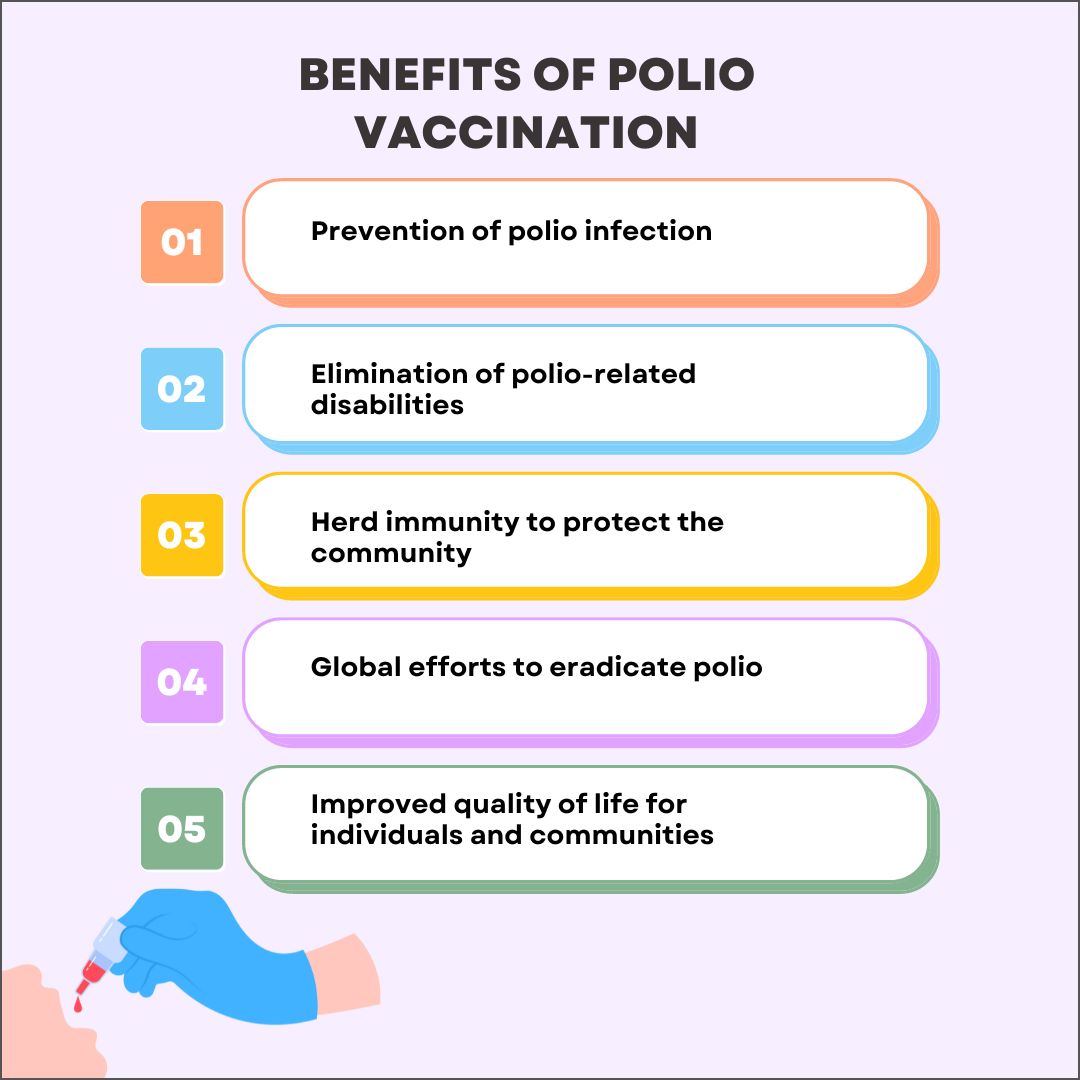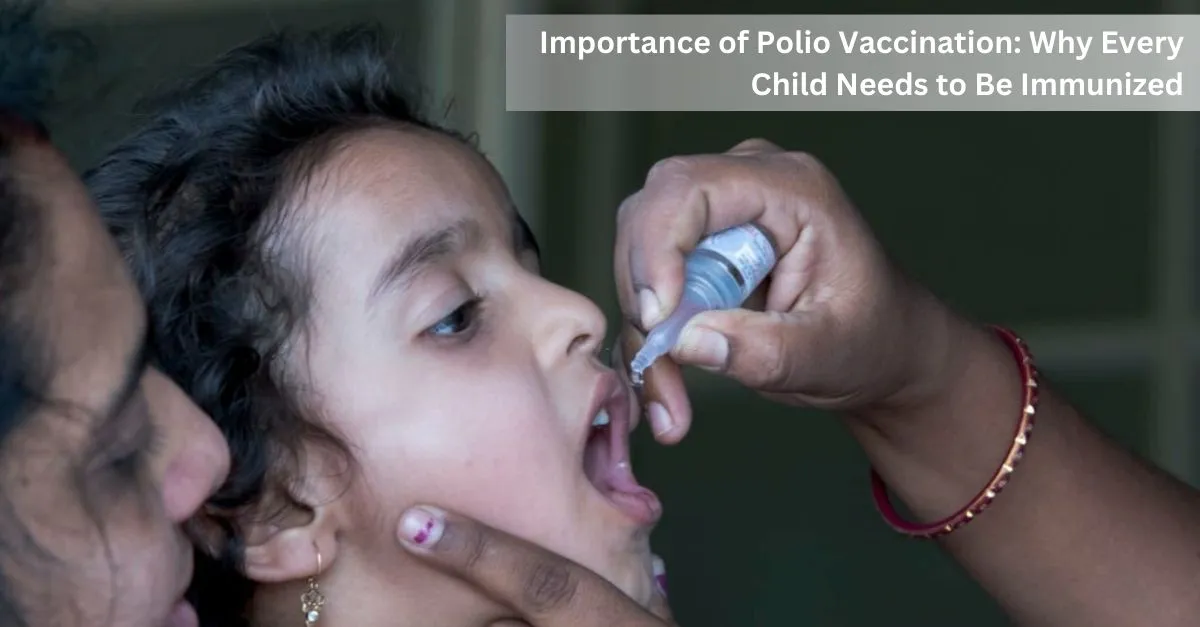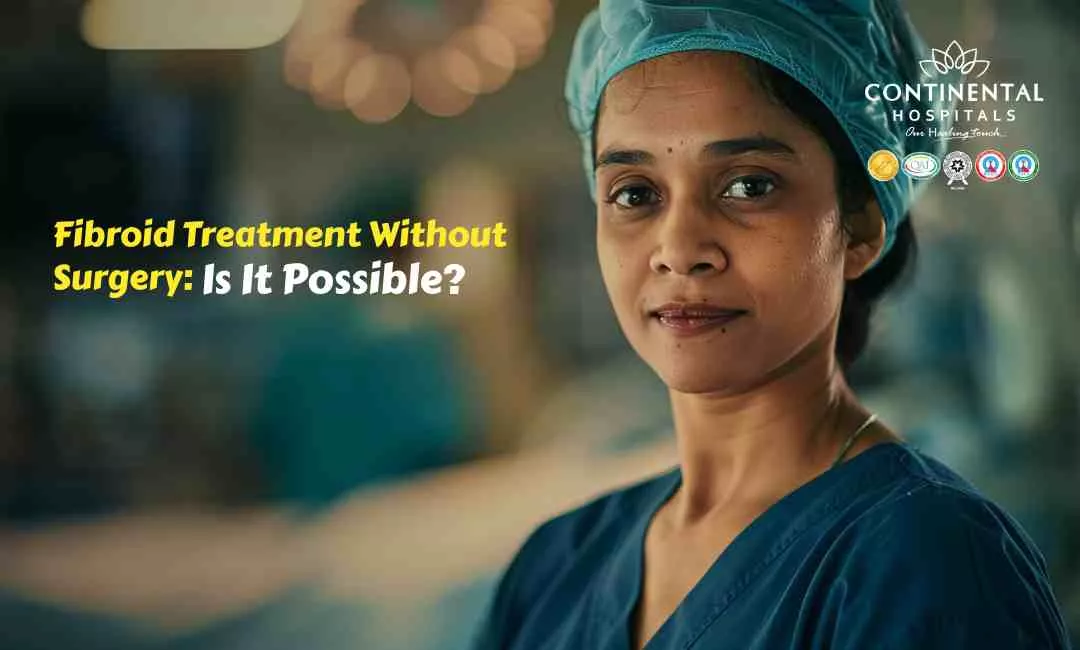Polio, short for poliomyelitis, is a highly infectious and potentially devastating viral disease. It primarily affects children under the age of five, causing paralysis and sometimes even death. Thanks to the development of effective vaccines, polio has been nearly eradicated from the world. In this comprehensive guide, we will discuss the importance of polio vaccination, who should receive it, who should avoid it, the types of polio vaccines, and the broader significance of immunization for children's health and global public health.
Polio Vaccination - A Vital Shield Against a Crippling Disease
Polio is a disease caused by the poliovirus. It primarily spreads through the fecal-oral route and can lead to paralysis and, in severe cases, death. The introduction of polio vaccines, specifically the inactivated polio vaccine (IPV) and the oral polio vaccine (OPV), has been a groundbreaking milestone in the field of public health. Here's why polio vaccination is crucial:
Who Should Get a Polio Vaccine?
Polio vaccination is primarily targeted at infants and young children. It is administered in multiple doses to ensure full protection. The recommended schedule for polio vaccination includes doses at 2 months, 4 months, 6-18 months, and a booster dose at 4-6 years.

🥗 Healthy Plate Challenge
🍽 Add Your Favorite Dish
Pick Your 6 favorite foods, eat, and see the results.Drag & drop foods onto your plate.
Drop Food Here
Types of Polio Vaccines
Polio vaccines come in two primary forms, each with its own characteristics:
Inactivated Polio Vaccine (IPV)
IPV is made from killed poliovirus, and it is administered through injection. It is safe for most people, including those with weakened immune systems. IPV is the preferred choice for the primary vaccination series and booster doses in countries that have already eliminated wild poliovirus transmission.
Oral Polio Vaccine (OPV)
OPV is made from live, weakened poliovirus, and it is administered orally. OPV is highly effective at inducing immunity and is often used in mass vaccination campaigns in countries where polio is still endemic. However, it carries a rare risk of vaccine-associated paralytic polio (VAPP) and can also lead to vaccine-derived poliovirus (VDPV) outbreaks. As a result, some countries have switched from OPV to IPV.
If you have concerns about polio vaccination or specific questions about your vaccination schedule, please consult with a General Physician.
Why Every Child Needs to Be Immunized?
Polio vaccination is just one piece of the immunization puzzle. Here are the top five reasons why every child needs to be immunized:
Prevention of Deadly Diseases: Immunization protects children from a wide range of infectious diseases, many of which can be fatal. Diseases like measles, diphtheria, and whooping cough have been controlled and reduced in incidence due to immunization.
Herd Immunity: When a significant portion of a community is vaccinated, the spread of a disease is significantly reduced, benefitting even those who cannot be vaccinated due to medical conditions or age. This concept is known as herd immunity and is a powerful force in preventing outbreaks.
Eradication of Diseases: Immunization programs have successfully eradicated some diseases, such as smallpox. The near-eradication of polio through vaccination efforts showcases the potential of immunization to eliminate diseases from the face of the Earth.
Cost-Effective Health Intervention: Vaccination is a cost-effective way to protect public health. It prevents the need for expensive treatments and hospitalizations, saving both lives and healthcare resources.
Safeguarding Future Generations: By immunizing children, we are protecting the health and well-being of future generations. Hereditary diseases like rubella, which can harm unborn children, can be prevented through timely immunization.
The Global Impact of Polio Vaccination
The significance of polio vaccination extends beyond individual health. It has played a pivotal role in global public health for several reasons:
Near Eradication of Polio
The concerted efforts of organizations like the World Health Organization (WHO) and UNICEF, alongside governments and partners, have brought wild poliovirus to the brink of eradication. This progress showcases the power of global collaboration and the effectiveness of vaccination.
Preventing Global Spread
Polio knows no borders. Without vaccination, it can quickly spread from one country to another. By maintaining high vaccination rates, we prevent the reintroduction of the virus from areas where it still exists.
Lessons for Future Pandemics
The infrastructure built for polio eradication, including surveillance and vaccine delivery mechanisms, has been crucial in responding to other health emergencies, such as the COVID-19 pandemic. Polio vaccination programs serve as valuable lessons in preparedness and response.
Strengthening Health Systems
Polio vaccination campaigns have strengthened healthcare systems in many countries. They have improved healthcare access, cold chain infrastructure, and community engagement, which can be leveraged for various other health interventions.
Social and Economic Benefits
Polio eradication results in substantial social and economic benefits. It reduces the lifelong healthcare costs of polio survivors and allows resources to be redirected to other health programs and development initiatives.
If you have concerns about polio vaccination or specific questions about your vaccination schedule, please consult with a General Physician.
Polio vaccination is not just a matter of individual health; it's a global endeavor with far-reaching consequences. Through immunization, we've come close to eliminating a once-dreaded disease, setting an example of what can be achieved through scientific innovation, collaboration, and dedication. As we continue to fight for a polio-free world, we must recognize that vaccines are a cornerstone of public health and a vital tool in protecting the well-being of current and future generations. It is our collective responsibility to ensure that every child receives the life-saving protection provided by polio vaccines and other immunizations.
Related Blog Article
1. Importance of Flu Vaccines: Myth vs. Fact
2. HPV Vaccine: A Powerful Tool in Preventing Cervical Cancer
.webp)














